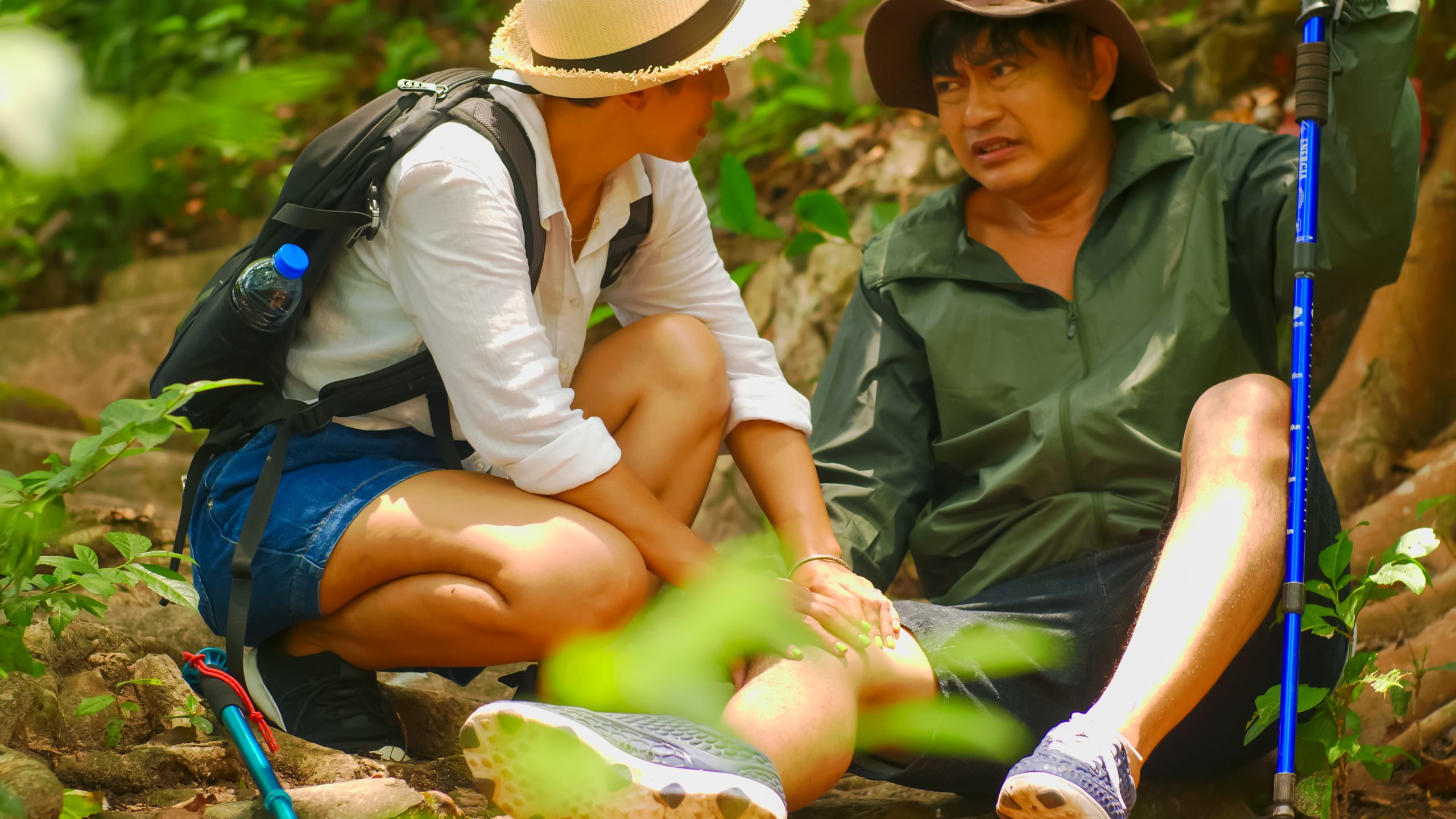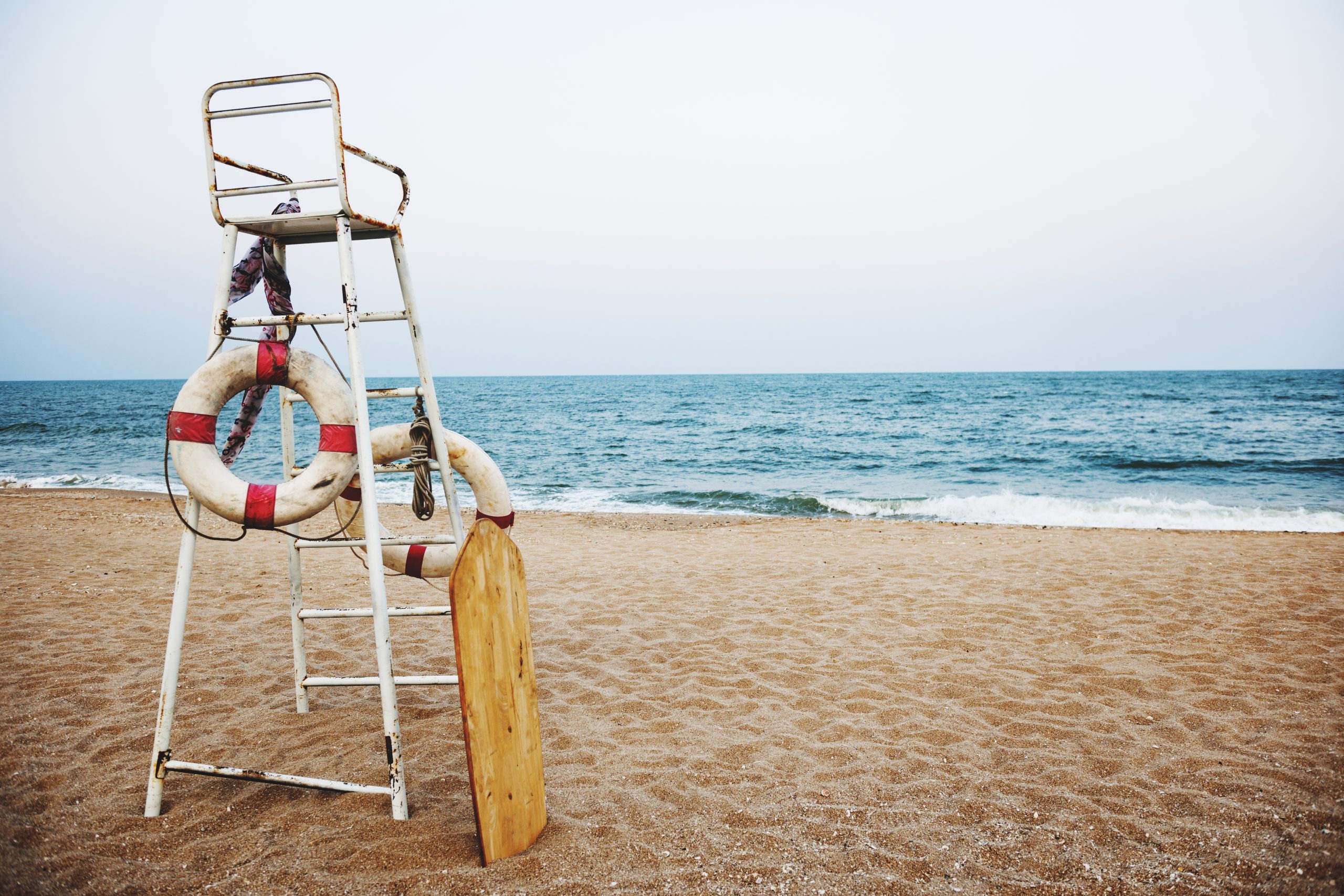Tips on How to Do a First Aid While Hiking

Having a good first aid while hiking kit can make a world of difference if you’re injured. Whether it’s a cut, burn, sprain, or blister, a few simple steps can help you to heal on the trail.
Before leaving on a hike, check the weather to make sure you aren’t in the midst of a storm. Thunder is a common hazard on the trails, and lightning can be especially dangerous. If you have a chance to, spread out and avoid high areas. You also might want to wear a hat or sunglasses to protect your face and neck.
Your first aid kit should have all the essentials, and even some extras. Ideally, you’ll be able to handle most of your own first aid needs. But, if you’re not confident in your skills, a trained expert can be invaluable.
There are plenty of resources online to teach you the ins and outs of first aid. Some of these include a video or article by NOLS (the National Outdoor Leadership School) on taping an ankle. It’s not as easy as it looks, but you’ll get the hang of it quickly.
First aid while hiking is an important skill to learn. If you are new to the sport, you should get some advice from an outdoor supplies store expert or an experienced hiker. Even experienced outdoorsmen have been known to get injured. And, while a first aid kit isn’t going to fix every injury, it can provide you with some peace of mind until medical help arrives.
The most important component of a first aid kit is a fully charged cell phone. Even the best of weather forecasts can change drastically in the middle of a hike. A phone can be used to call for help, and it’s a lifesaver when you need it most.
Prescription medication can be a must-have in your first aid kit. Ibuprofen, antihistamine cream, and other over-the-counter medications can be helpful if you’re prone to allergic reactions. However, you’ll want to label your prescription medications. In addition, a note indicating the dosage and the name of the medicine should be included in your kit.
Other items to pack include sunscreen and a thermometer. While it’s a little cliche, staying hydrated can be an important part of a successful hike. Water can be purified and boiled to reduce the number of contaminants in your drink. Additionally, the amount of water you need will depend on the conditions of your trip.
As mentioned earlier, a thermometer can be an extremely useful piece of equipment for your hiking first aid kit. It can indicate if you are experiencing hypothermia, which is an especially dangerous condition.
Getting a bite from a tick is another occurrence you may encounter. Tweezers are a good way to remove them. Also, a good first aid while hiking kit should include a pair of rubber gloves to prevent infection.
Another item to pack are blister plasters. Blisters can be a pain, especially if they’re accompanied by a heat burn. Plasters are a great way to keep them from getting worse, and they can be purchased in a variety of sizes.
